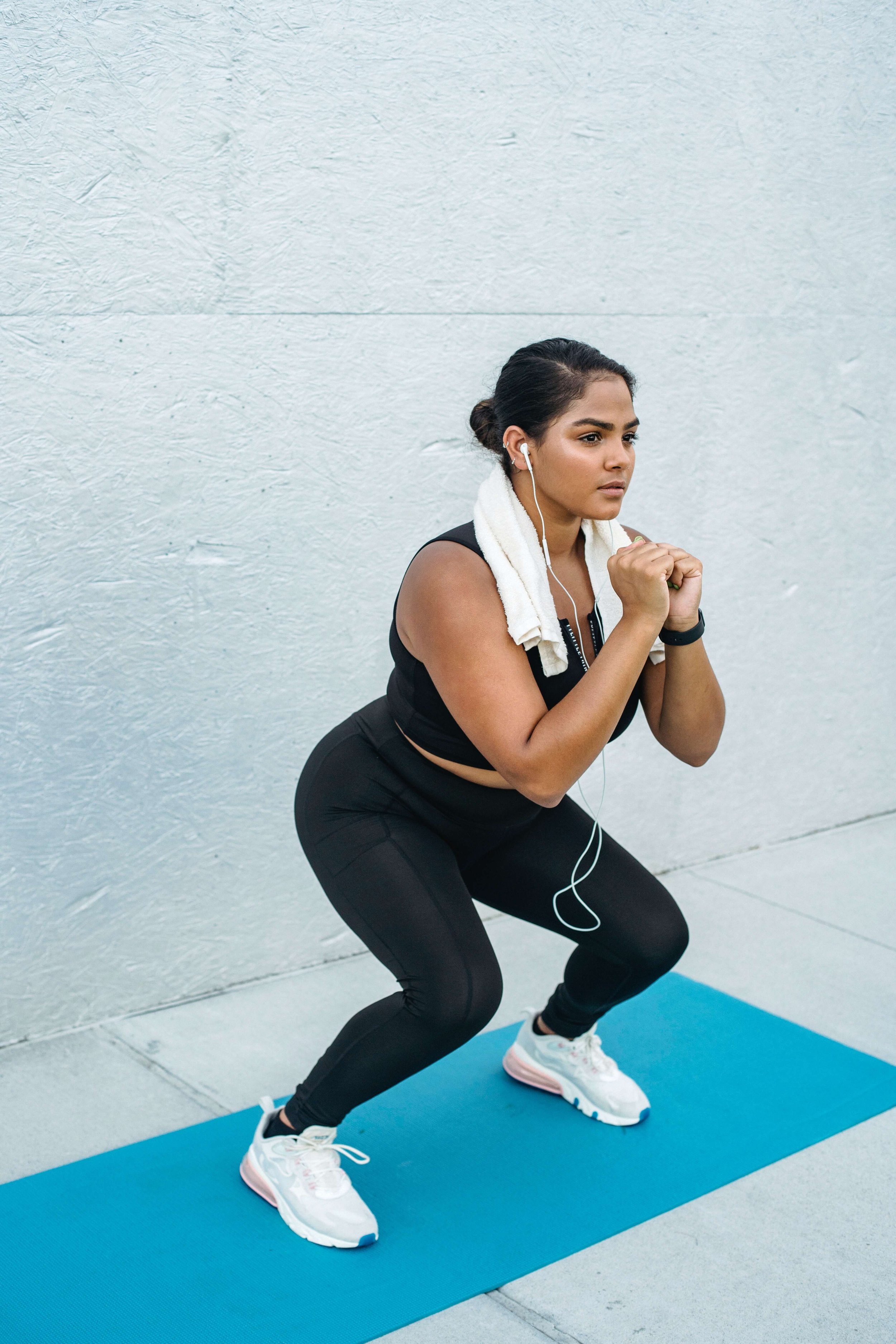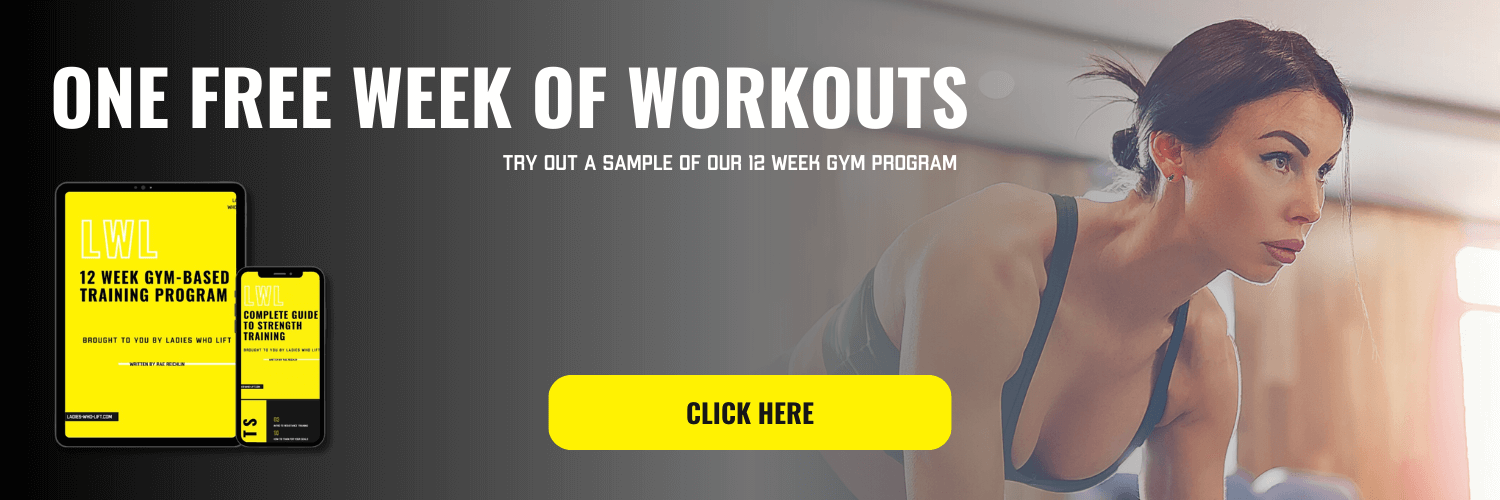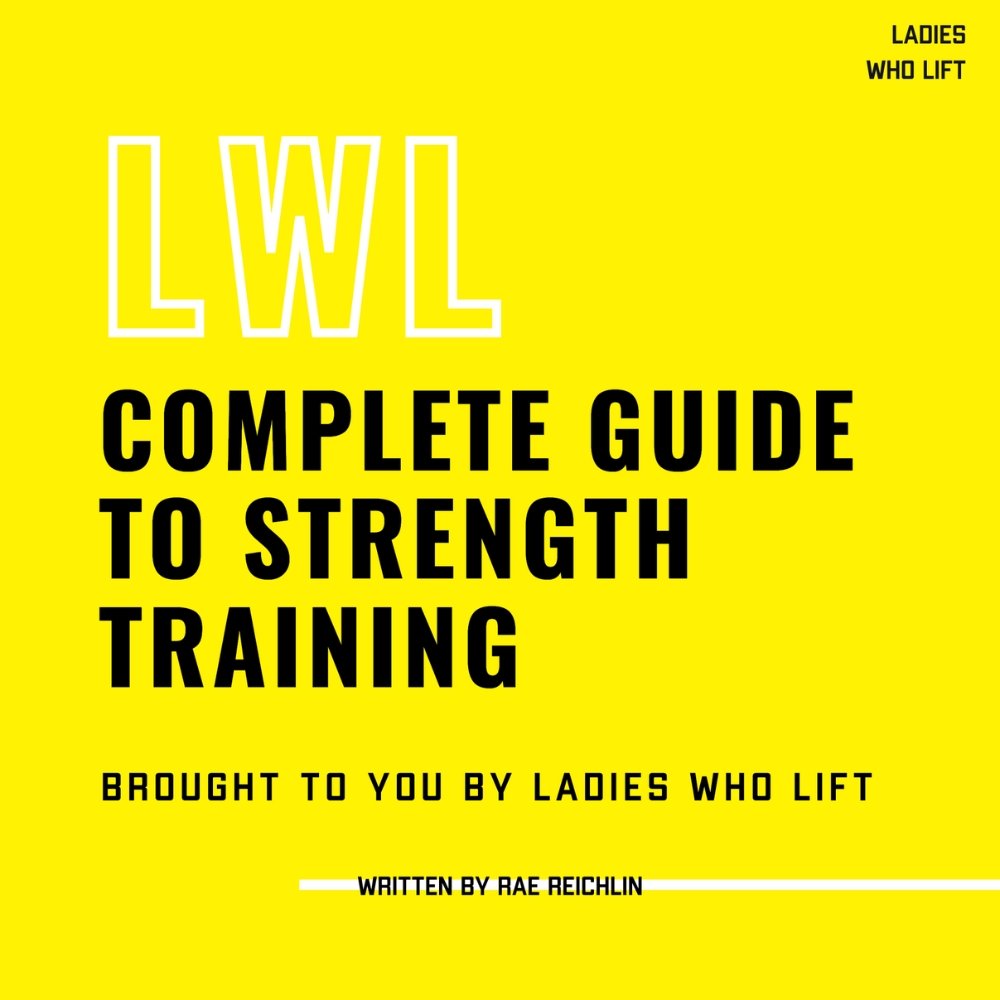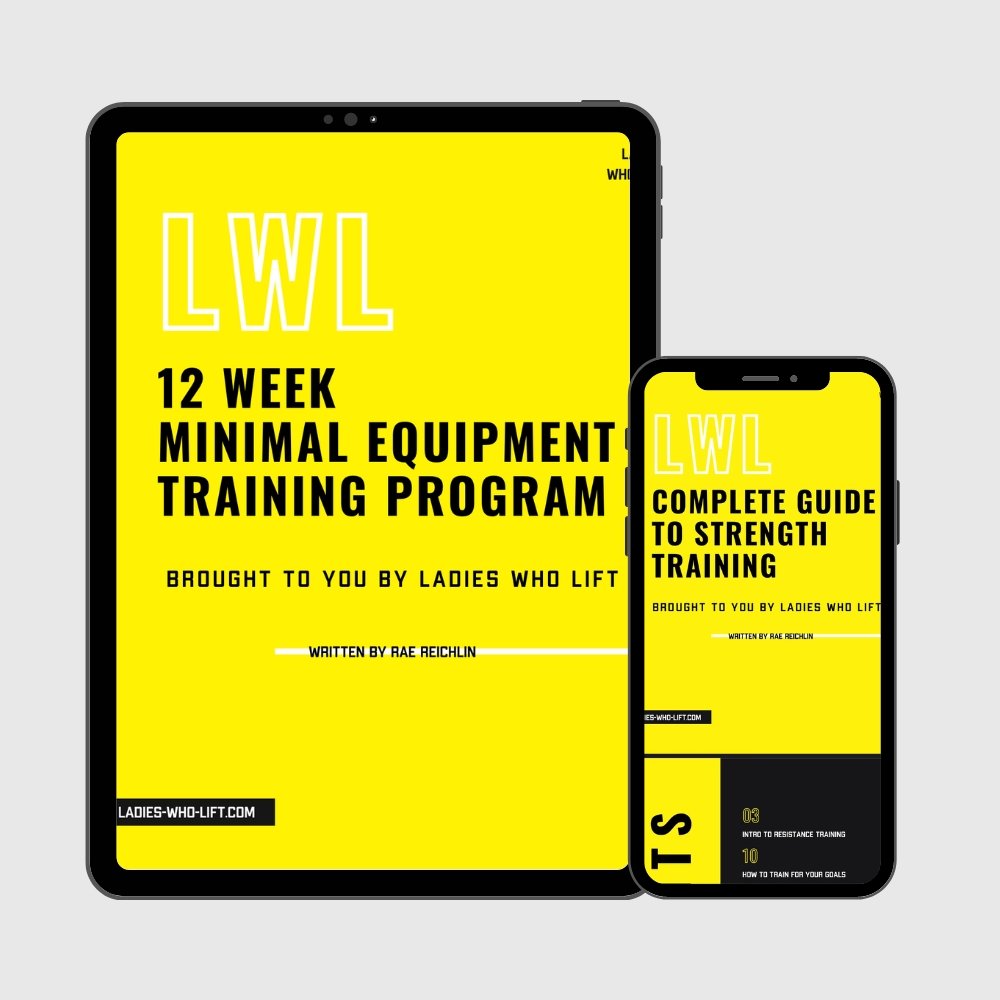How to Squat Deeper
steps to a deeper squat
If you are looking to improve your squat depth, we have to look at three things: purpose, form and mobility. Our bodies adapt specifically to the demands placed on them. Knowing what depth you want to achieve and why can help to align your mobility training with your goals. Next, we want to look at your form to make sure that you’re performing the squat correctly. Often, basic adjustments and cues in your stance and form can help you achieve greater depths without the need for intensive mobility training. If your form is good but you still lack the mobility to achieve the depth you want, then you’ll need to identify your mobility limitations and work on those. Commonly, these limitations tend to be ankles, hips and spine.
How Low Should You Squat?
This is a hotly debated topic among fitness experts. Some believe a 90 degree joint angle is optimal. Some believe everyone should be squatting ATG (Ass to Grass). Some believe Squatting to or just below parallel is ideal. You will find every answer to this question. Each answer is backed up by research articles and personal testimonies. Each answer is also strongly refuted by other experts or coaches in the field.
If you do crossfit or olympic powerlifting, you need to have mobility in not just a deep ATG squat, but often a deep ATG squat with arms overhead. If you are a powerlifter, judges will be watching to make sure your hip crease hits below your knee crease. If you practice yoga, you might want to improve your malasana squat.
Your anatomy plays a role too! If you have shorter femurs and a longer torso, your hips will be able to sit lower in the squat. If you have longer femurs and a shorter torso, you will have more of a hinge squat, and it will be harder to get your hips low.
From these conflicting data points, opinions, and considerations we can at the very least conclude two universal truths:
1) All people are different people
What is good for one person may not be good for another person, so there may not be one universal way to the perfect squat. How deep you squat will depend on your goals, your sport and your individual anatomy. The key is to find what works for you as an individual and what you want your personal goals to be. Working with a coach can help streamline this process.
2) Everyone poops
One thing that is true for humans, regardless of sport - we all need to be able to sit down and stand up. So being able to squat down and stand up from a low couch, a toilet or a bench is a pretty functional skill to have for the rest of your life. If you want to gain this functionality or be able to maintain this ability as you age, then you will want to work on your squat mobility.
Now that you’ve decided that you want to improve your squat depth, we have two main solutions: work on your form or work on your mobility.
How to Improve Your Form to Squat Deeper
You should first take a look at your form. Simply changing your stance and intention within the movement can give you the depth that you need.
FIX YOUR FORM
If you squat with a narrow stance and toes pointed forward, your femurs may run into your hips and limit how deep you can go down. Try this:
Take your feet out to shoulder width.
Turn your toes out 30 degrees.
Externally rotate your femurs (think about spreading the floor with your feet).
Sit your hips back as you break at your knees, pressing those knees out in the direction your toes are pointing. This opens up your legs wider and gives your hips more space to sit down lower.
How to Improve your Mobility to Squat Deeper
If your form is spot on, but you’re still limited then you will want to work on your mobility, which includes drills to improve both the active and passive range of motion.
When working on squat depth, we want to look at our ankles, hips and spine. Lacking flexibility, strength or range of motion in any of these areas, can limit your squat depth.
Check out these two deep squat mobility videos to target your ankles, hips and spine.
If you notice that one area is more tight or limited, spend more time specifically addressing that area.
Try this move: Tibialis raises
Check out this follow along mobility video
Hips
Try this move: HIP CARS
Check out this follow along mobility video
Spine
Try this move: CAT/COW
Check out this follow along mobility video
Find more mobility videos in our Mobility Library.
OTHER TIPS
Most declines in mobility are caused by a sedentary lifestyle. If you don’t use it, you lose it. If you sit all day and your only movement happens during a 30 min workout, your mobility will decline as you age. If you move around throughout the day, walk regularly, limit long stretches of time sitting and work on maintaining and improving your mobility, you will stay mobile and be a more functional adult as you age. You can start training at any age, but it will be much easier to maintain healthy ranges of motion if you start young, vs neglecting your joints and trying to regain mobility when you’re older.
Ladies Who Lift Can Get Your Squat Right!
No matter what your goals are, Ladies Who Lift coaches are here to help! We offer both customized and non custom training options for both at-home and in the gym.
ABOUT the author
Amy is a Certified Personal Trainer and Holistic Health Coach. She loves helping women heal their relationship with their bodies, and with food. She guides women on a journey to feel strong, confident, and capable through weight lifting and intuitive eating. In her free time, she can be found taking long walks on the beach, petting dogs, or talking about politics.









